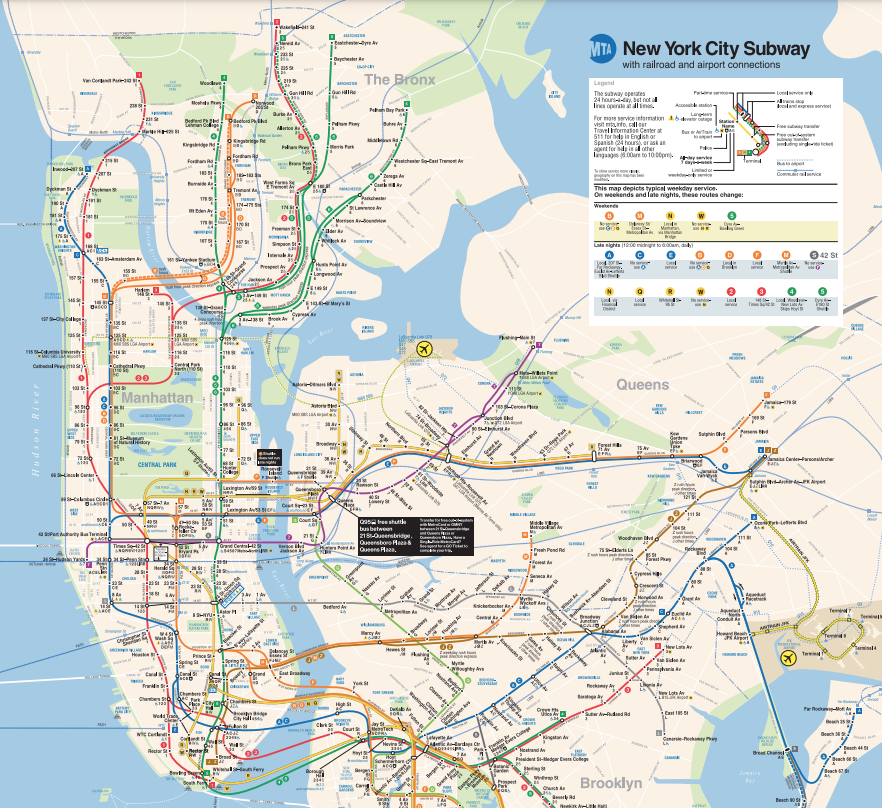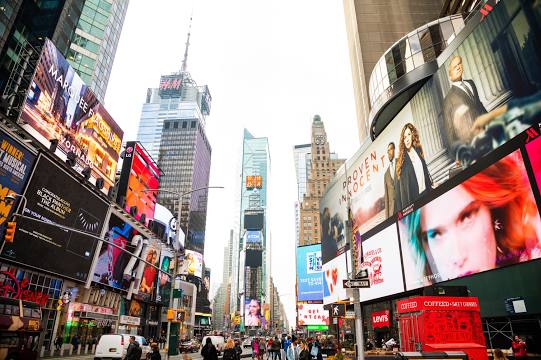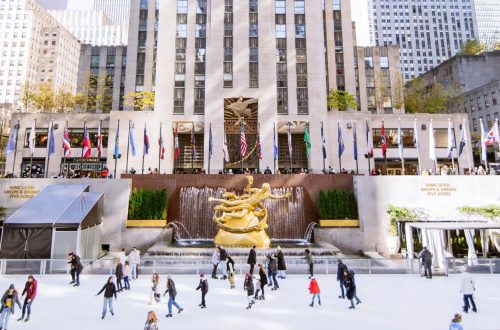
The New York City Subway
The New York City Subway is one of the most extensive and iconic public transportation systems in the world. Here’s a comprehensive description:
Network and Size:
The NYC Subway is a vast network of interconnected underground and elevated train lines that traverse the five boroughs of New York City – Manhattan, Brooklyn, Queens, the Bronx, and Staten Island (though the subway does not serve Staten Island directly).
The system comprises 27 subway lines labeled by letters or numbers and covers over 665 miles (1,070 kilometers) of track.
Stations:
There are approximately 472 subway stations throughout the city, providing access to various neighborhoods, landmarks, and attractions.
Stations vary widely in terms of size, architectural design, and amenities. Some are modern and spacious, while others retain a more historic feel.
Lines and Routes:
The subway lines are color-coded and identified by letters or numbers (e.g., A, 1, 7). Each line has its own route, and some lines overlap or share tracks at certain points.
Express and local services: Many lines have express and local services, allowing passengers to choose between faster, limited-stop trains or slower, more frequent ones.
Fares and Payment:
Passengers can use the MetroCard, a contactless smart card, to pay for subway rides. The card is swiped at turnstiles to gain access to platforms.
Single-ride tickets and unlimited-ride options (weekly or monthly passes) are available.
Operating Hours:
The subway operates 24 hours a day, seven days a week. However, service frequency may vary during late-night hours.
Train Types:
Different types of trains operate on the subway, including local, express, and shuttle trains.
Local trains stop at every station along their route, while express trains skip some stations to provide faster service.
Crowds and Peak Hours:
The subway can be crowded, especially during rush hours (morning and evening) when commuters travel to and from work.
Some lines and stations may be busier than others, and platforms can get crowded during peak times.
Accessibility:
Efforts have been made to improve accessibility for individuals with disabilities. Many stations have elevators, ramps, and other accommodations.
The newer subway cars are designed to be more accessible, with features like priority seating and visual/audio announcements.
Maintenance and Upgrades:
The subway system undergoes continuous maintenance, and periodic upgrades are implemented to improve safety, efficiency, and overall passenger experience.

Cultural Impact:
The NYC Subway has played a significant role in the city’s cultural identity, appearing in countless movies, TV shows, and songs. Its iconic status is reflected in its distinctive tile signage, station designs, and the familiar “Mind the Gap” warning.
Navigating the New York City Subway offers both locals and visitors an efficient and diverse way to explore the city, connecting them to neighborhoods, landmarks, and cultural attractions across the boroughs.
![]()


Potrebbe anche piacerti:

Fifth Avenue New York City
18 Novembre 2023
Times Square
1 Ottobre 2021